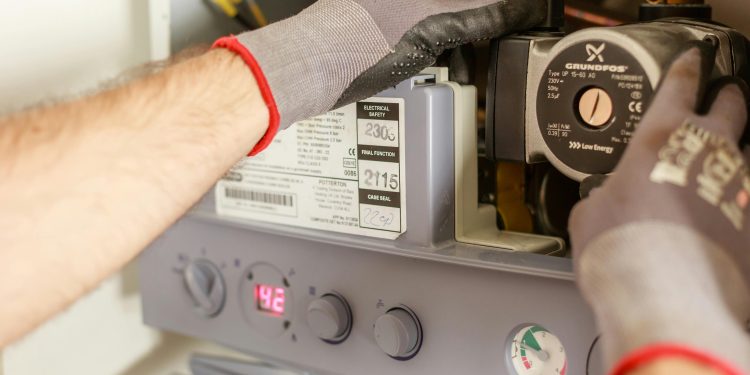Few things are as comforting as a hot shower or hot water readily available for dishes and laundry. When your old water heater finally gives up the ghost, or you’re upgrading to a more efficient model, the excitement of endless hot water can be palpable. However, amidst the anticipation, it’s crucial to remember that a water heater, whether gas or electric, is a powerful appliance with potential hazards if not installed correctly. That’s why safety should always be the top priority during any water heater installation.
This isn’t a task for the inexperienced or the faint of heart. Ensuring your new water heater is installed safely and complies with all regulations is paramount to protecting your family from gas leaks, electrical fires, carbon monoxide poisoning, or even explosions. It’s an investment in your home’s safety, not just its comfort.
The Pressure Relief Valve: Your Safety Lifeline
One of the most critical safety components of any water heater is the Temperature and Pressure Relief (T&P) valve. This valve is a non-negotiable safety device designed to open automatically if the temperature or pressure inside the water heater tank exceeds safe limits. Without a functioning T&P valve, excessive pressure or heat could lead to the tank rupturing or even exploding, causing catastrophic damage to your home and severe injury.
During installation, a professional ensures the T&P valve is properly installed, connected to a discharge pipe, and routed correctly to a safe drainage point. They also verify that the valve is the correct type and size for your specific water heater model. This tiny valve is, in fact, your ultimate safeguard against a potentially devastating incident.
Gas Lines and Ventilation: Combating Invisible Threats
For gas-powered water heaters, proper gas line connection and ventilation are absolutely vital. An improperly connected gas line can lead to dangerous gas leaks, which pose risks of fire, explosion, and carbon monoxide poisoning. Similarly, gas water heaters produce carbon monoxide as a byproduct of combustion. If the venting system is improperly installed, blocked, or leaking, this odorless, colorless, and highly toxic gas can build up inside your home.
A qualified installer will meticulously check all gas line connections for leaks, ensure the correct type and size of gas line are used, and verify that the venting system is properly sealed and drawing combustion gases safely outside. They will also ensure adequate combustion air is available for the unit to operate efficiently and safely.
Electrical Connections and Grounding: Preventing Shocks and Fires
Electric water heaters, while not posing gas leak risks, come with their own set of electrical safety considerations. Improper wiring can lead to short circuits, electrical fires, and even electrocution. It’s essential that the electrical supply matches the water heater’s requirements and that all connections are secure and properly insulated.
Proper grounding is also crucial to prevent electrical shock hazards. A professional installer will ensure the water heater is correctly wired, grounded according to electrical codes, and protected by appropriate circuit breakers. They confirm that the electrical work meets all safety standards, safeguarding your family from potential electrical accidents.
Drip Pans and Drainage: Mitigating Water Damage
While not a direct life-safety issue, proper installation of a drip pan and drainage system is vital for preventing significant water damage to your home. Water heaters can leak over time due to tank corrosion or other issues. A drip pan placed underneath the water heater, connected to a drain, is designed to catch any leaks and divert the water away from your flooring, walls, and foundation.
An installer ensures the drip pan is correctly sized, properly installed, and that its drainage line is clear and effectively routed. This simple yet critical step can save you thousands of dollars in water damage repairs, preserving your home’s structure and preventing mold growth.
Code Compliance and Professional Expertise: Your Ultimate Assurance
Beyond these specific components, a professional water heater installation ensures adherence to all local building codes and safety regulations. These codes are not arbitrary; they are developed to ensure the safety and reliability of your home’s systems. An experienced plumber understands these requirements and ensures every aspect of the installation is compliant.
Their expertise extends to proper sizing, correct placement, and understanding the nuances of different water heater types. Choosing a licensed and insured professional is your ultimate assurance that your water heater is installed safely, efficiently, and with all necessary precautions to protect your family and home for years to come.
Conclusion: Prioritizing Safety for Long-Term Comfort
The allure of hot water is undeniable, but the underlying safety of your water heater installation must never be overlooked. From the pressure relief valve and gas lines to electrical connections and code compliance, every detail plays a crucial role in protecting your family from potential hazards. By entrusting your water heater installation to a qualified professional, you invest not just in reliable hot water, but in the long-term safety, efficiency, and peace of mind for your entire household.


























